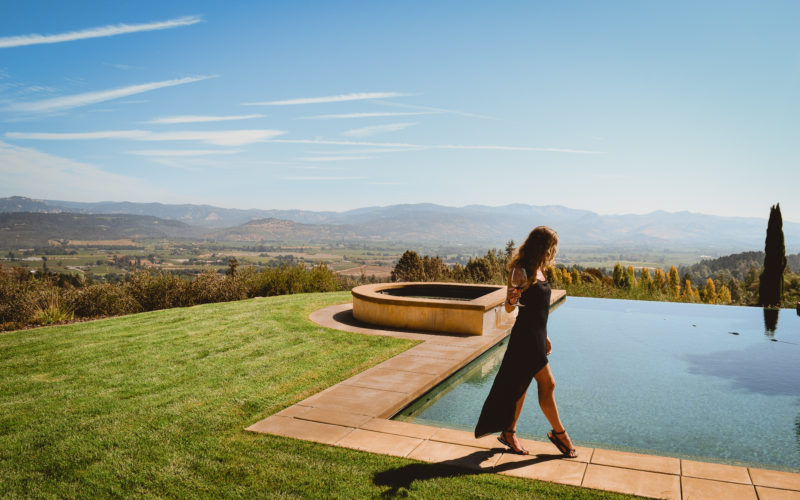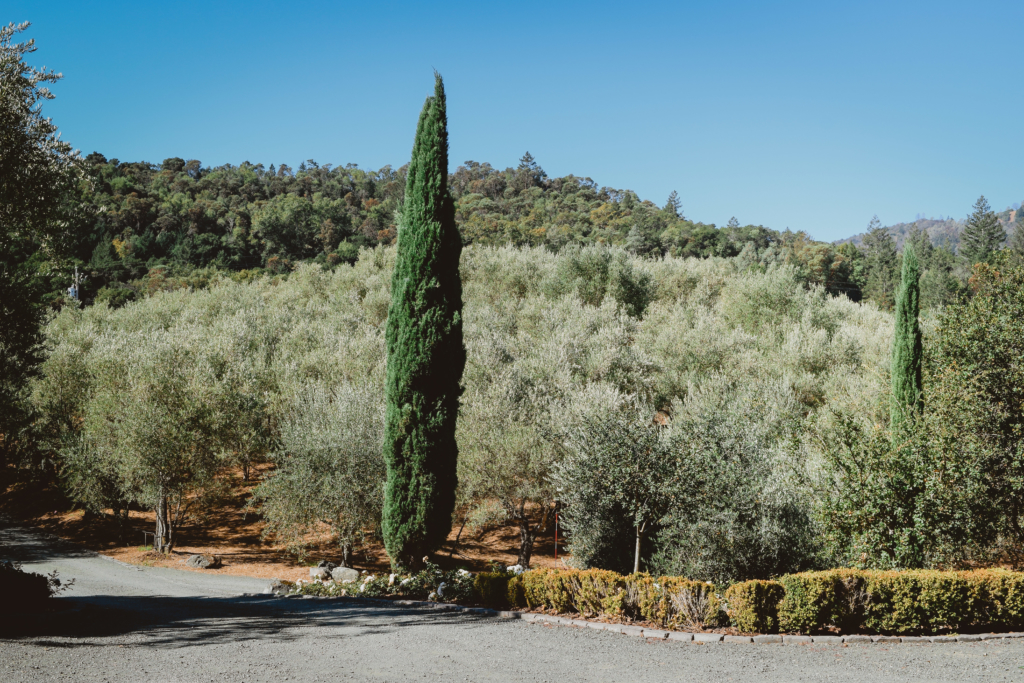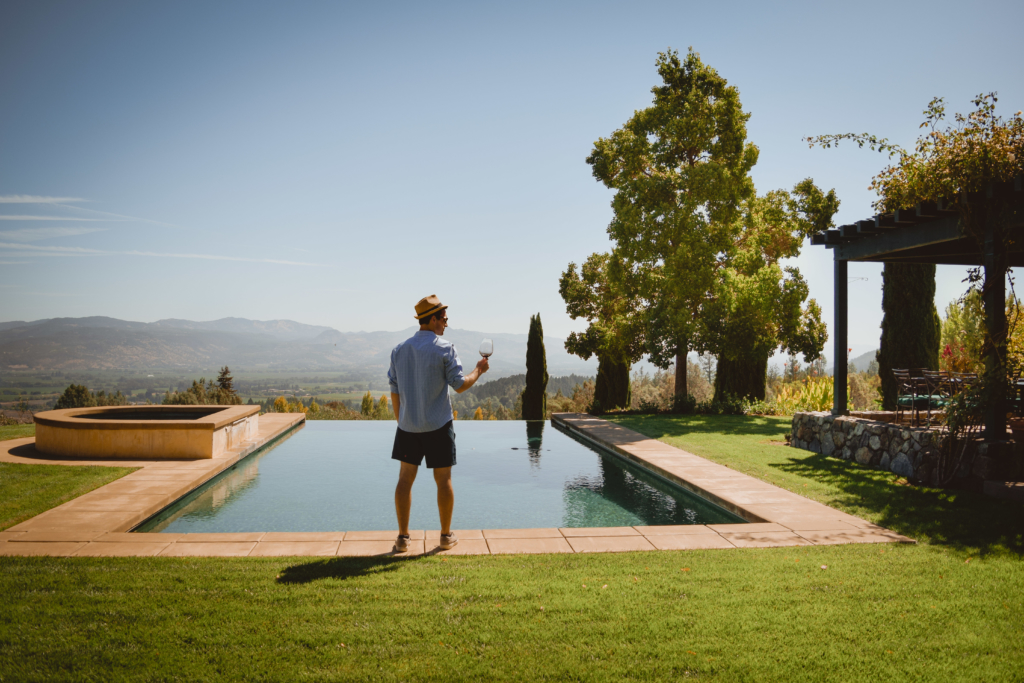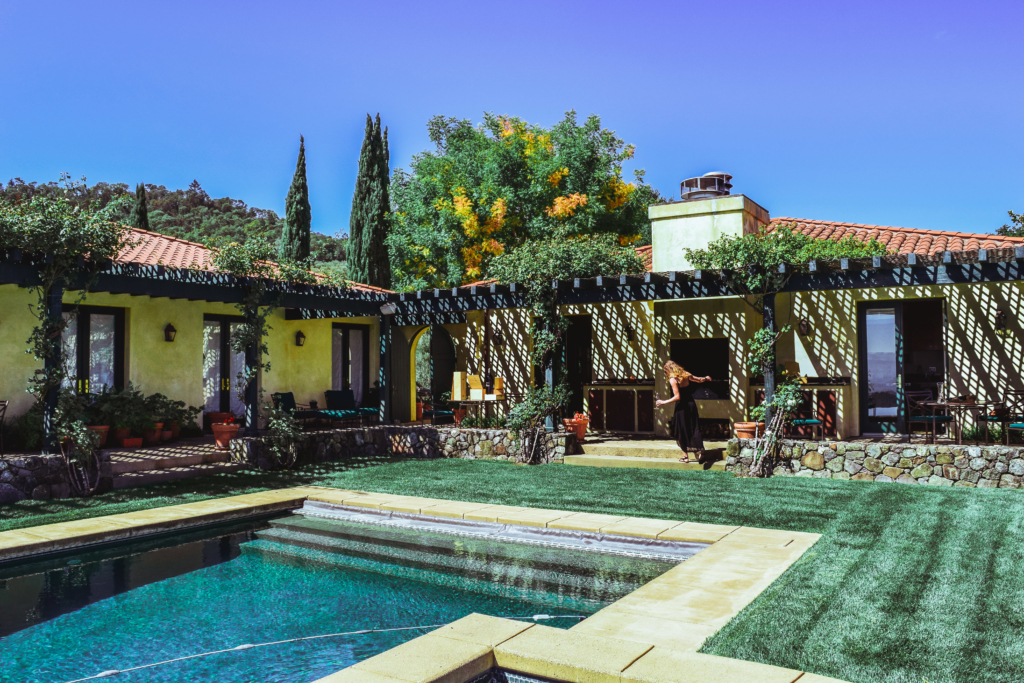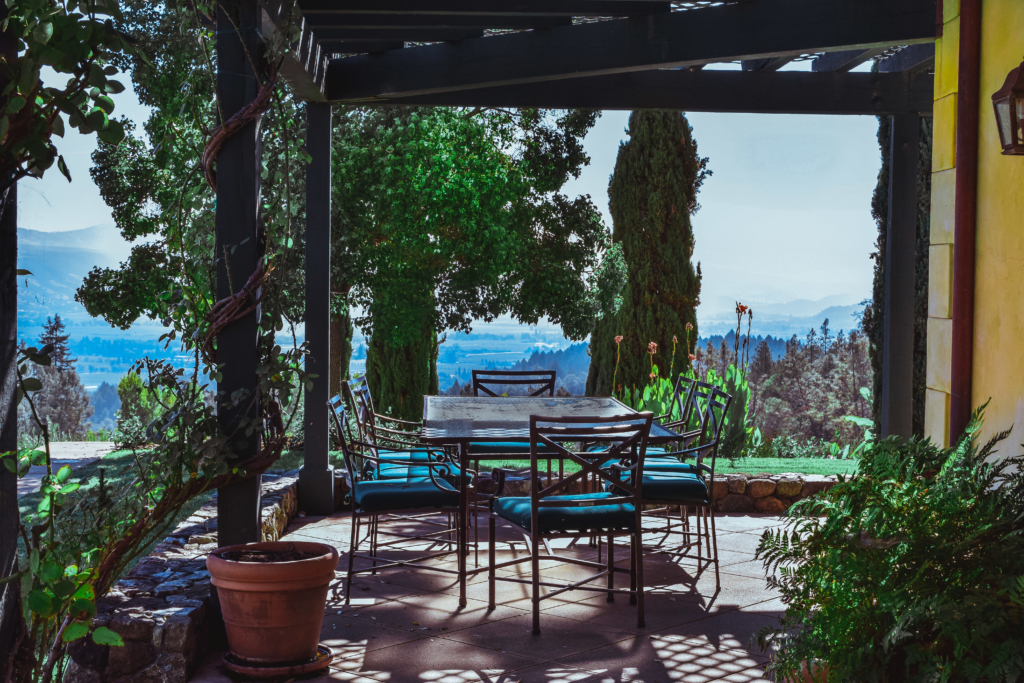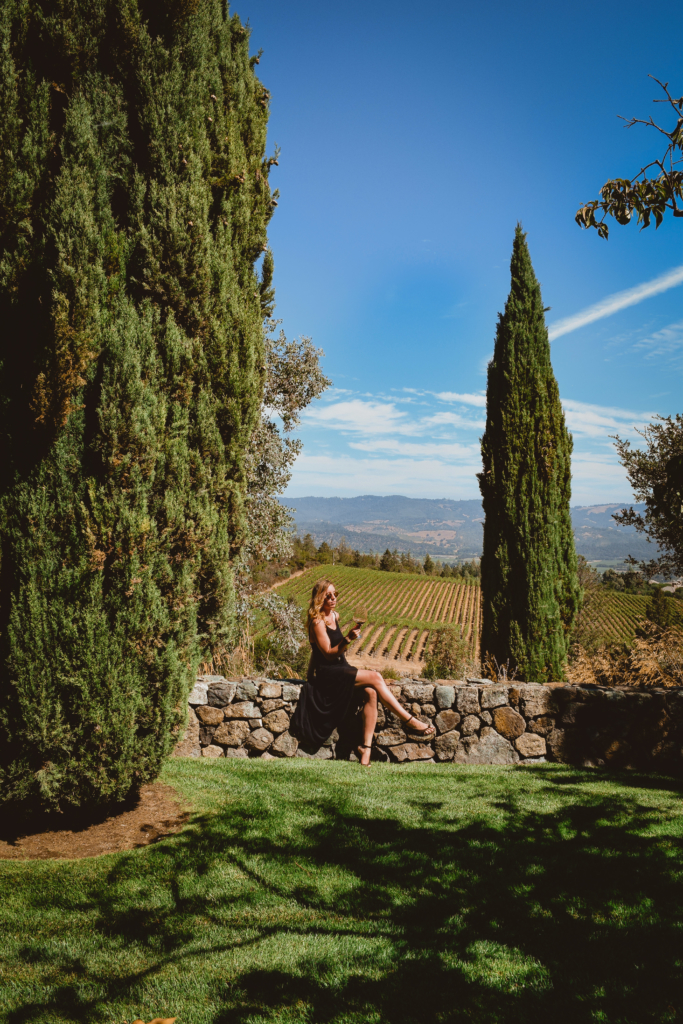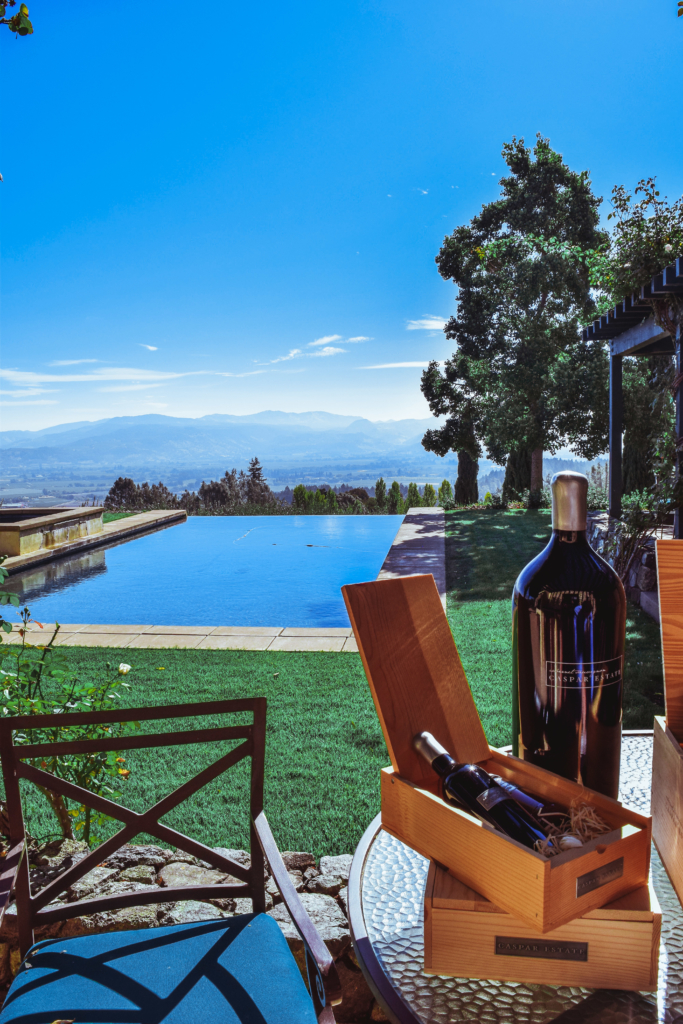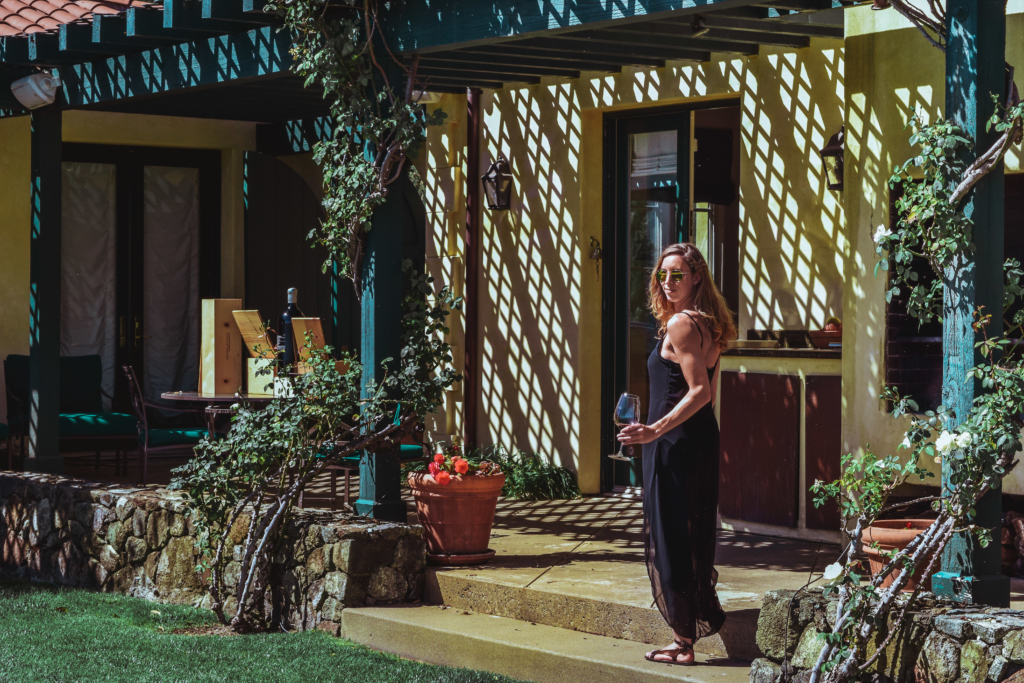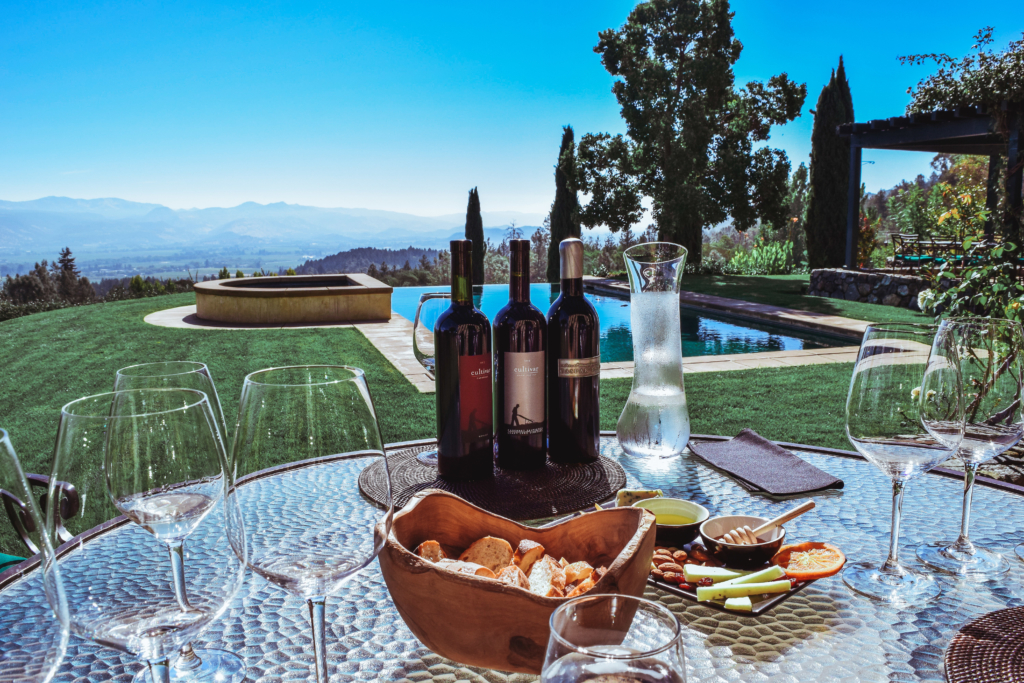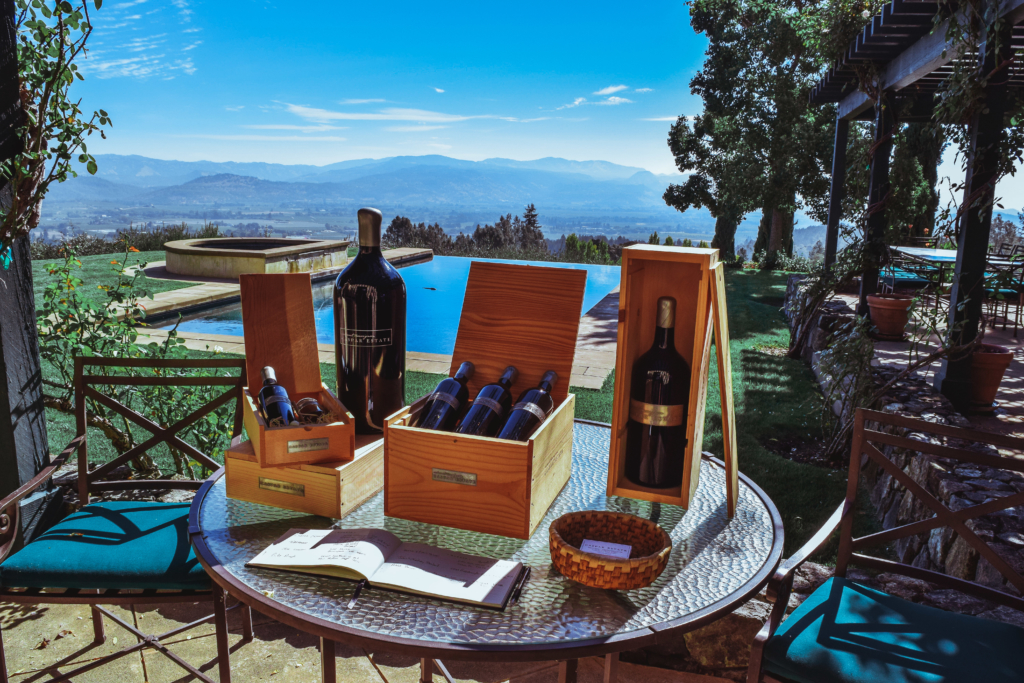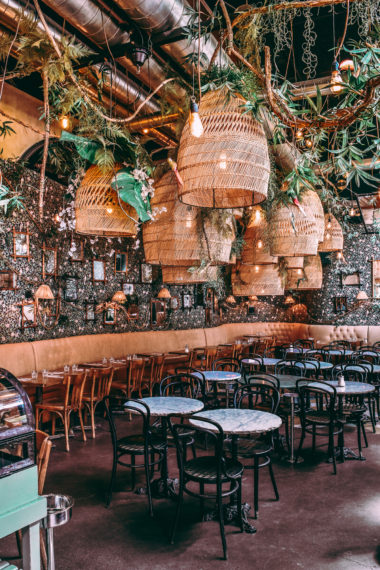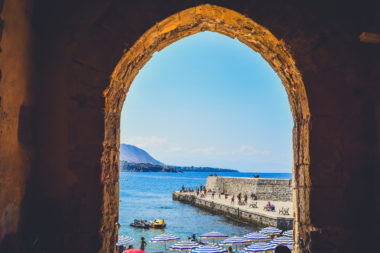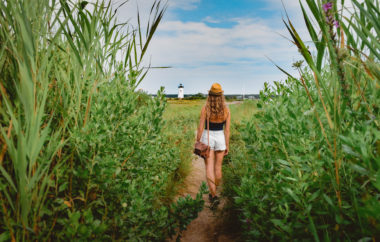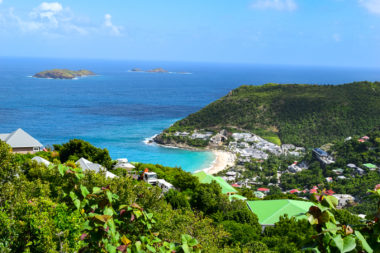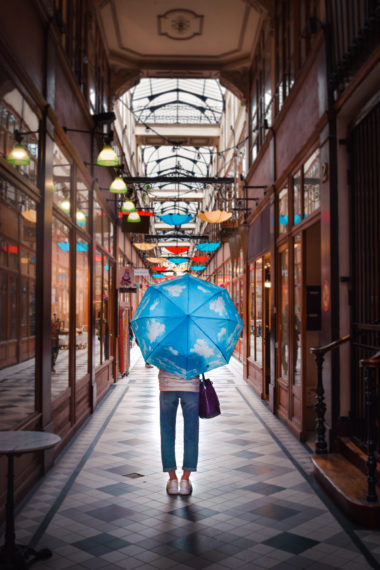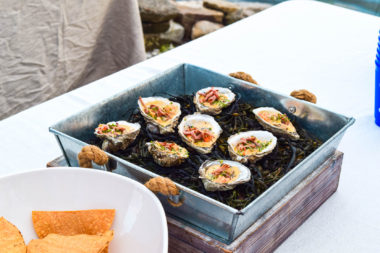Napa is dominated by big names in the wine industry. Yet Caspar Estate and Cultivar observe quietly from up above (literally) and begin to stand out among a collection of lesser known brands.
Napa is dominated by big names in the wine industry, so it’s nice to mingle with the locals and be introduced to the lesser known wines in the St. Helena region. Through a friend of a friend at The Ink House, General Manager Bria (who is a close friend of the family), we were introduced to 2 new wine brands, Caspar Estate and Cultivar. As part of our media stay, we wanted to get a well-rounded feel for all the experiences Napa Valley had to offer. We were invited for an exclusive insiders piece to speak with his good friend Deborah who would introduce us to some of their exclusive wines at Caspar Estate. We rolled up in the House Bentley to the top of a hill in St. Helena and stepped out to meet Deborah.
The first thing that stood out were the Italian olive trees behind the property. Caspar Estate has about 6 different types of Italian olives that they harvest and use to make their own olive oil. Fun fact, one of their olive trees is even present at The Ink House! The Caspar Estate olive oil, which we would later try, is award-winning and has won a gold medal award from Judges at the Los Angeles County Fair Olive Oil of the World Competition.
As we step onto Caspar Estate, we are taken aback by the property’s Mediterranean beauty. It felt like we were standing on a rolling cliff in Tuscany! Deborah handed us a glass of their Cultivar labels 2015 Sauvignon Blanc. The 2015 Sauvignon Blanc is a typical Napa Valley Sauvignon Blanc. Balanced and refreshing, it surprisingly is the perfect beverage for 10AM on a Saturday. It tasted like biting into an apple to be honest, just delightful! It had a bit of citrus and pineapple on the nose, which reminded me of The Ink House’s 2016 Lucia. There are 117 cases of the 2015 Sauvignon Blanc available.
Deborah begins to explain to us that the owners of Caspar Estate and Cultivar are brother, Jody short for Joseph, and Gingy, short for Virginia. Their grandparents bought the property in 1962 as a getaway from San Francisco. When they originally bought it, it was a simple gentleman’s farm with chickens, rabbits, and cattle. They slowly sold pieces of the property off and decided to keep the remaining 25 acres. The property started organic from the get go and still remains today.
As we walk around the edge of Caspar Estate and look out at the rolling hills of Napa, she begins to point out the areas where they keep their 30 beehives. Caspar Estate has about 250,000 honey bees they use for their fruit trees. But in the practice of sustainability, Jody, one of the co-owners, manages the making of the property’s own honey as well! Olive oil, honey, wine, is there something Caspar Estate can’t do?!
We make our way under the pergola and Deborah begins to explain to us the difference between Cultivar and Caspar Estate wines. Cultivar is a wine made from a variety of grapes, growers, and vineyards from the Napa Valley area. The bottles for Cultivar range anywhere from 750 ml to 6 liters! Caspar Estate is made exclusively using fruit from it’s Estate in Rutherford. For those who may be confused, Caspar Estate is not a winery, they are growers. They don’t sell any wines out of their property, just their fruits. In fact, they sell their fruits to wineries such as Alpha Omega, where I had my wine tasting the days prior. Cultivar on the other hand has an amazing restaurant and tasting room where you can purchase their wines in San Francisco called Cultivar San Francisco, located at 2379 Chestnut Street.
We sat down and began to indulge in some of the Cultivar and Caspar Estate wines over delightful conversation. The first wine we had was the Cultivar 2013 Merlot. There are only 167 cases of this wine from the Carneros region, the coolest region in Napa Valley in the South West. A heavy coat of black cherry and plum with a hint of vanilla and spice finish off this wine, ending with a dark currant on your palate.
Why is it called Merlot?
Did you know that the French named the wine Merlot, after the bird merle or blackbird? Merlot grapes were so black in color that it reminded them of the black color of the merle bird!
The third Cultivar wine we tasted was the 2014 Cabernet Sauvignon from Leaky Lake. This is 100% Cabernet. The terroir is located just 200 feet from Caspar Estate and the grape is grown on a bed of clay rock, almost volcanic in nature. You could taste the earthiness to the wine with a smell of moss and terroir on the nose.
The last wine we indulged in was a specialty wine from Caspar Estate. We had a 2012 Caspar Estate with 9% Petite Verdot and 91% Cabernet Sauvignon. It had a floral taste on the tongue accompanied by a chocolate, espresso-like, leathery taste. The after taste tingled my tongue, almost as if a spice was involved. Deborah and I thought it was a hint of Eucalyptus that lingered on the backend. The 2012 Caspar Estate is heavy on tannins giving it a very dry and velvety feel in the mouth. It’s definitely a wine that is paired with a full meal rather than an appetizer. There are only 478 cases of the 2012 Caspar Estate.
At this point, to accompany the 2012 Caspar Estate Deborah brought out some of Caspar Estate’s homemade honey and olive oils to snack on alongside some bread and cheese. The homemade honey was the perfect balance of sweet and bitter and the olive oil was flavored using fruits from the Estate. Imagine pomegranate balsamic, and lemon, lime, and pressed garlic olive oils, simply delicious!
If you find yourself in San Francisco, I recommend you stop by Cultivar San Francisco and enjoy a flight of Cultivar and Caspar Estate. You even have the opportunity to join the Cultivar Club or sign up to be one of only 300 people who receive an annual allocation of the Caspar Estate wines. Delivery of the Caspar Estate bottles includes personal messages etched into the bottles delivered in stunning wooden boxes. I promise you, you will not regret it.
Follow SVADORE on:
